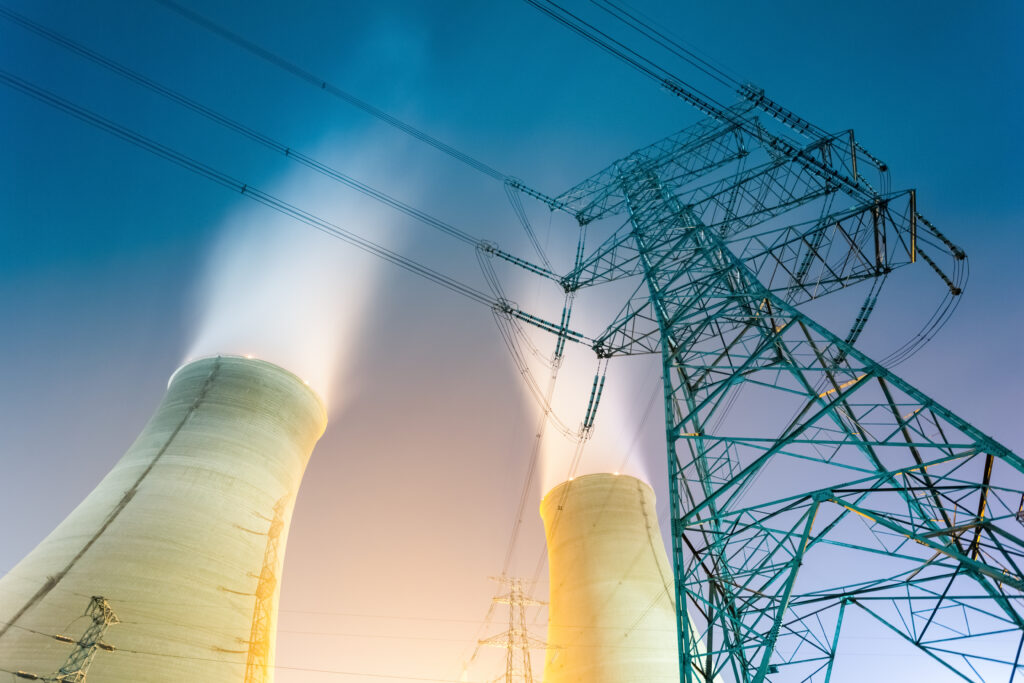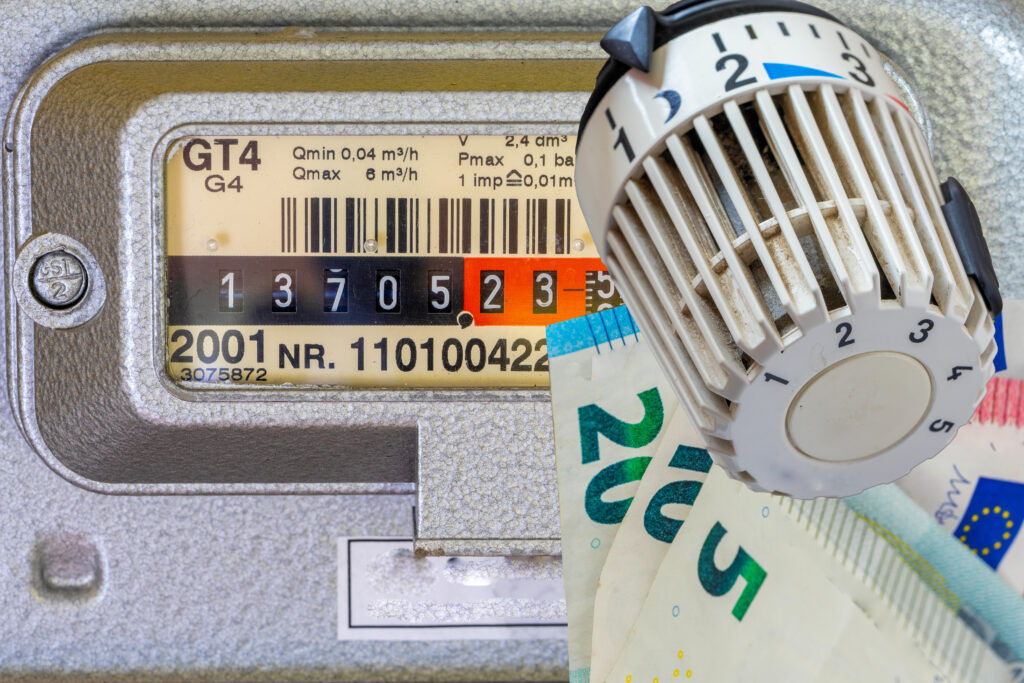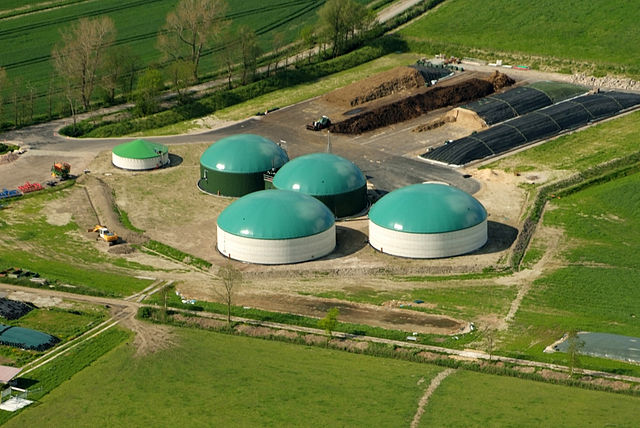Spis treści
Representatives of the government, investors, technology suppliers, contractors, service providers, scientists, and many others filled one of the lecture halls at the AGH University of Science and Technology in Krakow during the first Nuclear Energy Congress. The event was organized by the Chamber of Commerce for Energy and Environmental Protection in cooperation with AGH.
The subtitle of this two-day event was “How to become a leader in the development of nuclear energy in the region.” Polish plans for the development of this sector are among the most ambitious in Europe, although in practice, it must be created almost from scratch.
Local content is ambitious but realistic.
- The construction of nuclear energy in Poland should be a win-win situation for everyone – emphasized Bogdan Pilch, the director-general of IGEOŚ, opening the Congress.
Since last year, the Chamber has been intensifying efforts related to preparing the domestic industry to participate in this market. So that the high, 40% local content share in the value of the first power plant, as outlined in the Polish Nuclear Energy Program, had a chance to become a reality. According to the current schedule, construction is set to start in 2026, so time is running out.
As Andrzej Sidło, advisor to the Minister of Climate and Environment, stated after the American company Westinghouse was identified as a partner for the Polish government in the first power plant project last autumn, domestic companies gained knowledge about the standards and certificates that would be required of them.
In his opinion, for the first block, investment elements such as accompanying infrastructure, power output, earthworks, and work related to the turbine island are within the reach of Polish companies. The nuclear island, a scope closely related to technology, is already a part of the investment for which the time may gradually come with subsequent units.
Referring to the 40% local content target, Sidło acknowledged that it is an ambitious goal but achievable, largely based on the experiences of companies that have carried out work or deliveries for the nuclear industry in foreign markets in recent years.
In the last edition of the “Polish Industry for Nuclear Energy 2021” catalog, the Ministry of Climate identified almost 80 companies with potential involvement in nuclear energy. Additionally, about 250 companies have the potential to join this group after adjusting their competencies to the necessary requirements. Sidło also mentioned that companies bidding for technology supply contracts estimated their chances of achieving a level of Polish local content for the first unit even higher, around 50% or more.
Sidło also announced that the next edition of the catalog will be published at the end of the year, and it is already known that the list of contributing companies will be extended. The government also plans to continue supporting certification, providing free training, and promoting the involvement of domestic companies in the nuclear sector.
People are the most important
Above all, people are needed, as emphasized during the Congress by Dr. Paweł Gajda from the Faculty of Energy and Fuels at AGH, and Vice President of the European Nuclear Society.
According to his estimates, the announced investment plans may require the involvement of up to 250,000 people. This includes not only work, deliveries, and services directly related to construction but also the workforce needed for the subsequent operation of the power plants. It is also important to consider employees from universities, offices, or other entities associated with the sector. During the peak of construction for the first block, approximately 6,000 people will be needed on-site, with around 25,000 workers required throughout the entire investment.
Describing the overall staffing structure for the nuclear project, Dr. Gajda placed nuclear engineers and technicians at the top (15%), followed by a group of engineers, technicians, and specialists, who were “nuclearized” with a 75% share. These individuals received training in the norms and procedures required in the sector. The remaining 10% represent other personnel involved in the investment, who have also undergone the necessary training.
Education is needed now
Among the actions that need to be implemented as soon as possible, the representative from AGH highlighted the expansion of research and training infrastructure, the creation of a system for “nuclearizing” specialists from other industries during their studies and work (e.g., postgraduate studies), and the preparation of a training system for technical specialists.
In addition, efforts are needed to encourage high school graduates to pursue studies in nuclear-related fields. Gajda emphasized that after years of little interest, there is now some improvement in this regard, influenced by the announcement of plans for additional investments.
Currently, nuclear study programs are primarily offered by AGH and technical universities in Silesia, Gdańsk, Poznań, Warsaw, and Wrocław—mainly as second-degree studies, as well as postgraduate or specialization programs in first-degree studies.
In this context, the information presented during the Congress by Robert Rudich, the energy attaché at the U.S. Embassy in Poland, is also significant. He announced that a “Clean Energy Center” will be established in Warsaw, aiming to train personnel for the nuclear energy sector.
This was also confirmed by Minister of Climate Anna Moskwa in recent days. The Center, which may start operating later this year, will be coordinated by the U.S. Department of Energy in collaboration with the Ministry of Climate and Polish universities.
Furthermore, a training center for BWRX-300 reactors in the GE Hitachi technology is planned to be established in Poland, as announced by Wacław Gudowski, an advisor on nuclear technology at Orlen Synthos Green Energy. The center is expected to open, most likely in 2027, in collaboration with the Łukasiewicz Network.
Not only do we need it
Looking at “human resources,” it is essential to consider not only Poland but all of Europe. Miroslav Lopour and Michal Zeman, two senior managers from the energy strategy team at Deloitte’s Czech branch, emphasized this aspect.
As they pointed out, one of the sector’s significant problems is the aging workforce. Already in 2018, around 25% of specialists were over 55 years old, while those under 35 accounted for about 15% in the industry.
Many employees are retiring, and at the same time, there is a lack of young talent. In the energy sector, career paths in rapidly growing markets such as renewable energy or electromobility are more popular.
Meanwhile, the European nuclear power plant fleet is aging, with over 80% of units being more than 30 years old, with an average projected operational life of 60 years. This means that most of them will retire by 2050.
At the same time, ambitious plans for building new power plants are being announced in France, the United Kingdom, the Netherlands, Sweden, and the Czech Republic. There is also the issue of rebuilding Ukraine after the war, which will largely involve the energy sector.
This all indicates competition for limited resources of specialized personnel, as well as competition for equipment and materials. Moreover, there is already a shortage of labor in the construction sector. Therefore, during the Congress, it was repeatedly emphasized that the availability of resources and financing will ultimately determine the feasibility of the plans currently being outlined.
Risk and challenges like never before
The construction of nuclear power plants in Poland also involves entering a new area of legal challenges for subcontractors and suppliers participating in the construction of the first power plant. Especially since the investment is likely to be exempt from Public Procurement Law rules, meaning the investor, Polish Nuclear Power Plants, will not be jointly liable.
This was discussed during the Congress by speakers such as Igor Muszyński, a partner at Wolf Theiss law firm, and Przemysław Drapała, a partner at JDP law firm. Both were somewhat unanimous in their observations, pointing out several key challenges that those eager for nuclear contracts will face.
Among these challenges is the ability to identify and assess specific risks associated with performing work and deliveries within the construction of a nuclear power plant. Polish companies will have to adhere to the standards of contracts applied by general contractors.
Entering into collaboration will mean committing to high technical, environmental, safety, and occupational health standards, subject to sanctions in case of non-compliance—this includes contractual penalties. This applies not only to the actual work but also to long-term commitments related to warranties and the quality assurance of equipment.
On the other hand, there are challenges for subcontractors and suppliers in negotiating contractual provisions related to salary indexation. This is especially significant as nuclear projects are long-term and often subject to delays. Many uncertainties also revolve around clauses related to change orders in contract scopes.
These and many other factors make it challenging to avoid disputes in such large and complex projects. Therefore, it is crucial to think about mechanisms for swift and effective resolution of conflict situations, allowing avoidance of legal disputes, for example, through dispute resolution boards or mediation procedures.
Effort that will pay off
Representatives of Polish companies also discussed contractual matters, including the exclusion of nuclear projects from public procurement. They also addressed questions related to certification, indexation, and the potential they see in the nuclear industry.
Olgierd Sikora, Vice President of Energoprojekt-Katowice, assessed that the value of contracts could determine the procurement procedure—public tenders for large tasks and a faster non-public procedure for smaller contracts. He emphasized that public procurement law provides transparency but is more time-consuming, and investors must be prepared for delays due to appeals from contractors.
On the other hand, Sikora highlighted that for his company, it is crucial for payments for work already completed to be quickly processed, and contracts should include indexation clauses. In engineering and design companies, labor costs are the main cost factor. Savings during the design stage may result in significantly higher additional costs and difficulties for the contracting authority in the later stages of the investment.
Despite the long time horizon associated with the development of the nuclear sector, Energoprojekt-Katowice considers this market to be promising. This applies to both large tasks, especially the turbine island, where experience from conventional power generation can be utilized, and projects related to SMRs.
Paweł Śmigla, a member of the board of Mostostal Kraków (Budimex Group), stated that the certification process at the company’s facilities has already begun. He added that the company is aware of the effort and costs it will incur but is prepared for it, seeing business potential in this sector. In 2-3 years, when the first tender inquiries should start appearing, it will be time to verify these expectations. Śmigla emphasized that Mostostal Kraków’s priority will be risk assessment, and without proper safeguards, the company will not commit to signing contracts.
Wojciech Majka, the president of Ecol, mentioned that after the pandemic and Russia’s aggression against Ukraine, there is greater understanding among buyers for contractual clauses related to price indexation than in the past. He added that concerning long-term contracts, it will also be crucial to hedge against exchange rate risks, as a large part of settlements will probably be conducted in foreign currencies.
Asked whether he fears the effort associated with preparing to participate in nuclear investments in Poland without a guarantee of success in the form of contracts, Majka emphasized that skills acquired in this way can always be useful in export markets, even in neighboring Czech Republic. Introducing organizational improvements in the company can also pay off in other market segments.
In a similar vein, Grzegorz Pakuła, the authorized representative of the board for the nuclear program at Powen-Wafapomp Group, expressed his views. However, he pointed out the inconvenience of different certification systems among various technology providers, adding that adapting production in the plant for potential unitary investments may somewhat miss the mark.
At the same time, he emphasized that in the context of maintaining the operation of a nuclear power plant for 60 years, it should be considered to have as many supplies as possible from domestic suppliers. This will allow for a much faster response in the event of the need for service or repairs than if supplies come from other continents.
Capital is needed for development
If companies are to engage in the nuclear sector, they need funds not only for financing development but also for working capital when they obtain contracts. Additionally, guarantees in the form of contractual guarantees will be required. Therefore, there is a risk associated with obtaining financing and guarantees, as well as their cost.
Joanna Smolik, the director of the Strategic Relations Department at Bank Gospodarstwa Krajowego (BGK), assured that BGK will prepare solutions “tailored” to the nuclear industry. She added that as an institution established to support the Polish economy, BGK is ready to offer both investment and guarantee financing on preferential terms.
In a similar tone, Alice Neffe, the director of the International Affairs Office at the Industrial Development Agency, mentioned that the IDA is open to cooperation in projects related to new technologies. An example is the construction of a tower factory for offshore wind farms in Gdańsk in collaboration with Spanish company GRI Renewable Industries.
Piotr Maciaszek, Director of the Department of Insurance and International Cooperation at the Export Credit Insurance Corporation (KUKE), emphasized that a new amendment to the law on state-guaranteed export insurance is coming into effect. This amendment provides KUKE with the opportunity to support initiatives aimed at Poland’s energy transition, including the development of nuclear energy.
Meanwhile, Maciej Martyniuk, Head of the Strategy Section at the National Centre for Research and Development (NCBR), announced that work is underway to launch a strategic program supporting the nuclear sector’s environment, tentatively named “Nucleostrateg.” This includes the development of radiological protection, the organization and maintenance of laboratory networks, and the establishment of a base for personnel training. Currently, NCBR is in consultations with ministries to refine the program’s details.













